A century ago, there was a race track tucked away in Omaha’s memory. Starting as a rugged race track for fast horses and wagon races, it become a proper driving park, the county and state fairgrounds, and home to several events at the 1898 Trans-Mississippi Expo. Between 1860 and 1905, there was on 35 acres a park in North Omaha that included a mile-long race track, a half-mile race track, grandstands, fencing, paddocks, stables, a dining hall and concession stands, a floral hall and more. This is a history of the Omaha Driving Park.
“It is doubtful if there is in this section of the country any similar locality that has contributed more to the pleasure of Omaha people and the people of the state than this.”
– Omaha World-Herald on the closing of the park, May 7, 1905
Saratoga Hosts Fairs and Races

In 1858, leftover boosters from the old town of Saratoga managed to get the Douglas County Fair landed on a slice of land in their dusty neck of the woods. Located five miles north of downtown Omaha, Saratoga was a dusty frontier town that busted in the Panic of ’57.

The land for the fair was used for all kinds of events over the next 50 years. In those early years though, I haven’t found many records. An 1866 ad for “trotting vs. pacing” pitted a horse named Lady Hodges against Black Ralph for a $200 prize. Knowing this was the pioneer era before statehood, that was quite an award! In 1869, the Omaha Clippers baseball team took on the Cincinnati Red Stockings baseball team. The Red Stockings won in seven innings with 65 runs to a single one by Omaha. In 1870, the Clippers played regularly at the driving park. That May, they played there against the US Army Omaha Barracks Augurs team and won massively. Other events included shooting matches for sportsmen and all kinds of sports events. That same year, a nationally known rider named John Faylor used 25 horses to ride 100 consecutive miles in five consecutive hours.
For a half-century afterward, Omahans managed to keep the location between present-day North 16th and Commercial Avenue from North 18th and Sprague Streets open for fun and good times outdoors.
Maps of the Omaha Driving Park






The Early History
After a threat to the land being sold and developed happened in 1877, a year later an organization was established called the Omaha Driving Park Association. The organizers of the Association included John Redick, John Clopper, J. P. Peck, L. C. Richards and several others. J. J. Brown was the president of the organization, and John D. Creighton was over the years, as well as William Paxton, George Canfield and others. The Association owned and managed the land, holding annual opening day festivities in May and allowing horse buggies of all types to parade over an oval track, holding horse races on the grounds, and later building grandstands and other buildings, as well as an amphitheater for special events.
Apparently, horses from California, Denver, St. Louis and Louisville were brought to Omaha to race at the track. Races were regularly announced in the newspapers, including announcements of the events and results afterwards. Surely betting on the events was popular, as Omaha was widely known to be a “wide open town” that allowed every kind of vice.
The Cummings Hotel was built by the fairgrounds entrance on the southeast corner of North 16th and Laird Street. Former Omaha marshal Thomas Cummings opened the saloon and hotel there in the early 1888, and after he died it was run by Mrs. S. C. Cummings. The Saratoga Hotel was located on the northwest corner of North 24th and Ames. These were surely the easiest places to stay for the riders, owners and workers at the park. Crowds from the city rode their own horses and buggies to the earliest races. In the 1870s, they took the Union Pacific Railroad spur that went to Carter Lake and transported a half-mile back to the park.

When the Belt Line Railroad was built in 1883, they bought a parcel of the land at the northern end of the Omaha Driving Park. Shifting the southern boundary to the newly-made Laird Street, the owners welcomed the railroad as they brought thousands of spectators from all over Omaha and beyond to every event. Departing the train at the Oak Chatham Deport at North 23rd and Taylor Street. Building new gates at the northwest corner of the park, the owners again welcomed these spectators.
Buffalo Bill’s Wild West Show

The Omaha Driving Park hosted the first public performance of Buffalo Bill’s Wild West show on May 19, 1883.
After several test runs, in May 1883, William F. “Buffalo Bill” Cody premiered Buffalo Bill’s Wild West show. Residents of Omaha, Saratoga, Florence and other surrounding towns poured into the grounds and reveled at the performances and shenanigans of Cody’s actors.
Cody performed again at the site during the 1898 Trans-Mississippi and International Exposition. He was on the road touring the world for 33 years after his Omaha premier.
The show ran in some form into the 1910s throughout the United States and Europe. Some of the performers included James Butler “Wild Bill” Hickok, Texas Jack Omohundro, Annie Oakley, Sitting Bull and Geronimo, as well as working cowboys from the western US. The show usually had historical scenes featuring showmanship, sharp shooting, staged races, rodeo style events, and sideshows.
Douglas County Fair and the Nebraska State Fair

In 1895, the Association pulled another coup by landing the Nebraska State Fair on the site for five years. While it was nowhere near the major affair that the state fair is today, it was a big deal for Omaha. They graded the 1/2 mile race track, built facilities including paddocks, grandstands, fencing around the entire park, a floral hall, dining hall and more.

But then, in 1898, the most major event North Omaha ever saw happened. The Trans-Mississippi Exposition, including Cody’s Wild West show and hundreds of other activities, was held on 180 acres in North Omaha including the driving park. The Transportation Hall, “Shooting the Chutes”, the Ferris Wheel and nightly fireworks displays were also held on the site.
As it had been back in the 1860s, in 1900 the Omaha Driving Park was the location of the Douglas County Fair again, along with the first-ever Ak-Sar-Ben Festival.
In June 1902, a group called the Tri-City Amateur Driving Club was organized to promote the development of a large scale horse racing and exhibition facility in the Omaha. Hosting races all summer long there, they bought the the Omaha Driving Park in September of that year, upgrading the park with extensive grading in spring 1903. Growing in membership, plans were made for the city’s first auto racing that summer with free admission for all attending. Another summer of races were held, but after that year there’s no further mention of that club or the park.
Omaha’s First Car Racing Track

The Omaha Driving Park was officially closed in 1904, and in 1909 the Omaha Driving Park Association was officially disbanded.
However, a smaller part of the land kept being used and was called the Sprague Street Driving Park or the Saratoga Race Track. In the 1910s, there was a wood surfaced racetrack there called a board track that was used for bicycles and early race cars.
In 1914, racing a motorcycle, J. A. “Jock” McNeil turned a mile there in 35 and 2/5th seconds at 101 miles per hour, breaking the record established in 1912. The track was also used for car racing, with the wooden oval used for races from the 1910s through 1923. All of this was made possible by a variety of organizations through the years, including the Omaha Fairground and Racing Association; the Omaha Motor Club; the Omaha Speedway Company; and others.
In 1910, a new race track opened near the Omaha Driving Park. The Omaha Auto Speedway, also called the Carter Lake Race Track, was opened less than a mile away near Carter Lake. In 1915, the owners there installed a wooden slot track and virtually stole the remainder of the Omaha Driving Park’s business.
Closing the Driving Park

By 1924 everything was entirely gone.
The Saratoga track was needed no longer, and the rest is history. After the track moved southward, the Stroud Manufacturing Plant was built in the Commercial Avenue Addition north of the Belt Line. Houses were built throughout the rest of the former park land in the Boulevard Park Addition along Sahler Street to the south, and in the Oak Chatham Addition to the west.
Today, there are no plaques, markers or other signs that the Omaha Driving Park were ever there. Few mentions in historical texts or pictures of what happened there exist, either.
This is North Omaha history.
You Might Like…
MY ARTICLES ABOUT THE HISTORY OF SARATOGA
General: Timeline | Saratoga Belt Line Historic District | Tour of Saratoga Historic Sites
Homes: Stroud Mansion | Gruenig Mansion | Rome Miller Mansion
Businesses: J. F. Bloom and Company | Omaha Motor Car Company | Stroud Company | 4225 Florence Blvd | 4426 Florence Blvd | Saratoga Springs Hotel | Max I. Walker Cleaners | Imperial Sash and Window Factory | Metropolitan Building and Loan | J. F. Bloom and Company | Omaha Motor Car Company | Stroud Company | North Star Theater aka the Ames Theatre | Suburban Theater | LaRue’s | 4515 North 24th Street | Borden’s Ice Cream
Events: Trans-Mississippi and International Exposition | Greater America Exposition
Transportation: Belt Line Railway | North 16th Street | North 24th Street | North Freeway | Streetcars | Railroads | 24th and Ames Intersection
Other: Saratoga School | Saratoga Fire Station | Sulphur Springs | Druid Hall | John F. Kennedy Recreation Center | Omaha Driving Park | Prairie Park Club | YMCA Athletic Park
Surrounding Neighborhoods: Miller Park | 30th and Ames | Sherman | Kountze Place | Bedford Place | Monmouth Park | Collier Place
MY ARTICLES ABOUT THE TRANS-MISSISSIPPI AND INTERNATIONAL EXPOSITION
GENERAL: Trans-Mississippi and International Exposition | Greater America Exposition | Locating the Expo | Demolishing the Expo
BUILDINGS: Administration Arch | Machinery and Electricity Building | Manufactures Building | Girls and Boys Building | Old Plantation | Sod House | Mines and Mining Building
EVENTS: Congress of White and Colored Americans
RELATED: Lost Monument | Omaha Driving Park | Kountze Park | Kountze Place
MY ARTICLES ABOUT THE HISTORY OF PARKS IN NORTH OMAHA
PARKS: Adams Park | Miller Park | Fontenelle Park | Kountze Park aka Malcolm X Park | Hummel Park | Levi Carter Park | Jefferson Square Park
PRIVATE PARKS: Danish Vennelyst Park | Omaha Driving Park | Charles Street Bicycle Park | Omaha Rod and Gun Club | Carter Lake Club
AMUSEMENT PARKS: Kiddieland and the Pleasure Pier | Lakeview Amusement Park | Cortland Beach | Trans-Mississippi and International Exposition
RELATED: Kellom Pool | Omaha Municipal Beach | CCC Camp | Ames Avenue Bridge
BONUS!
This is a great documentary about board track motorcycle racing in the U.S., showing what the races at the Omaha Driving Park would have looked like in the 1910s.
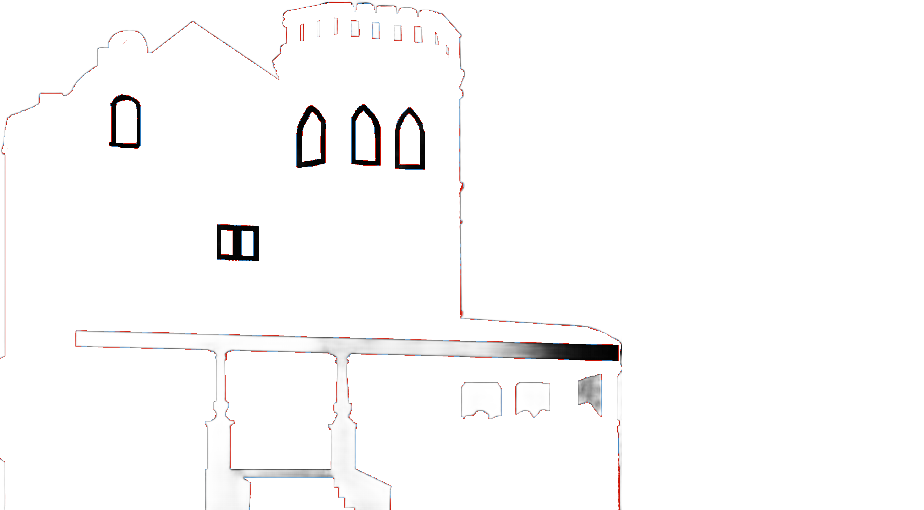


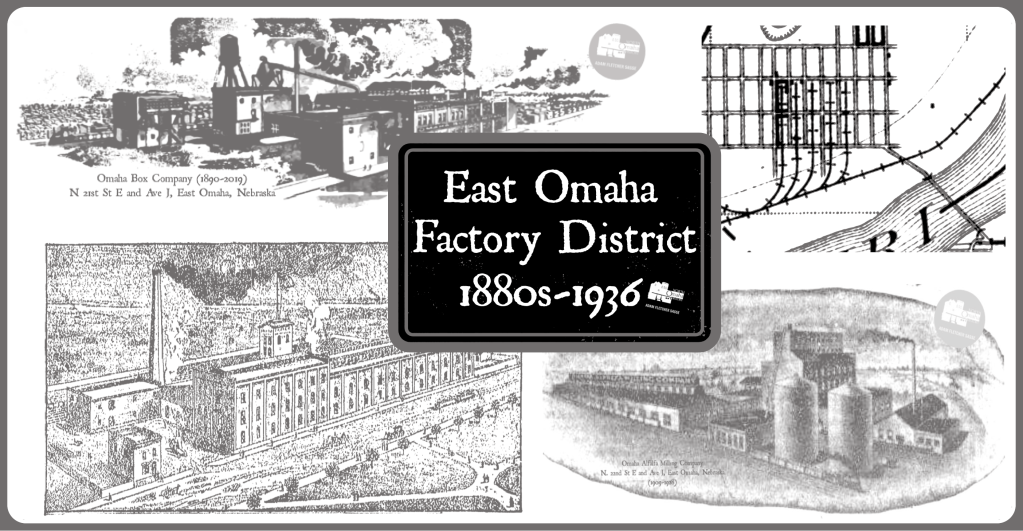
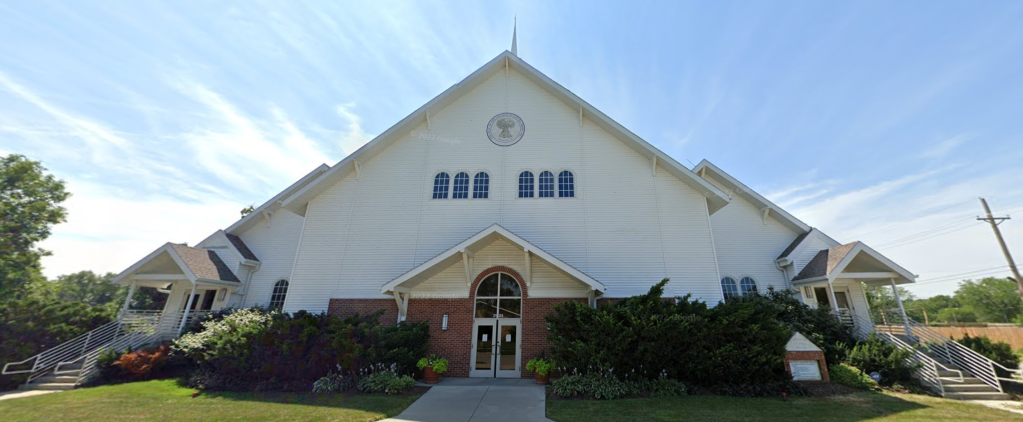
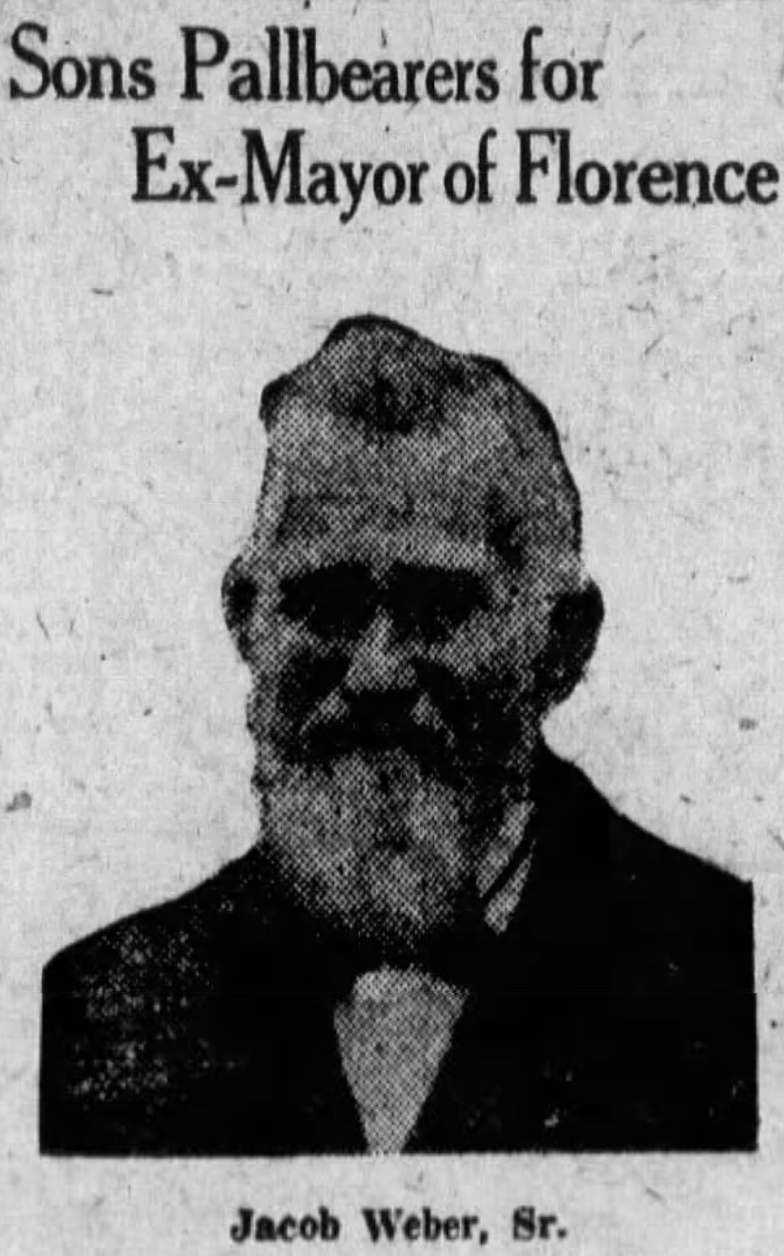
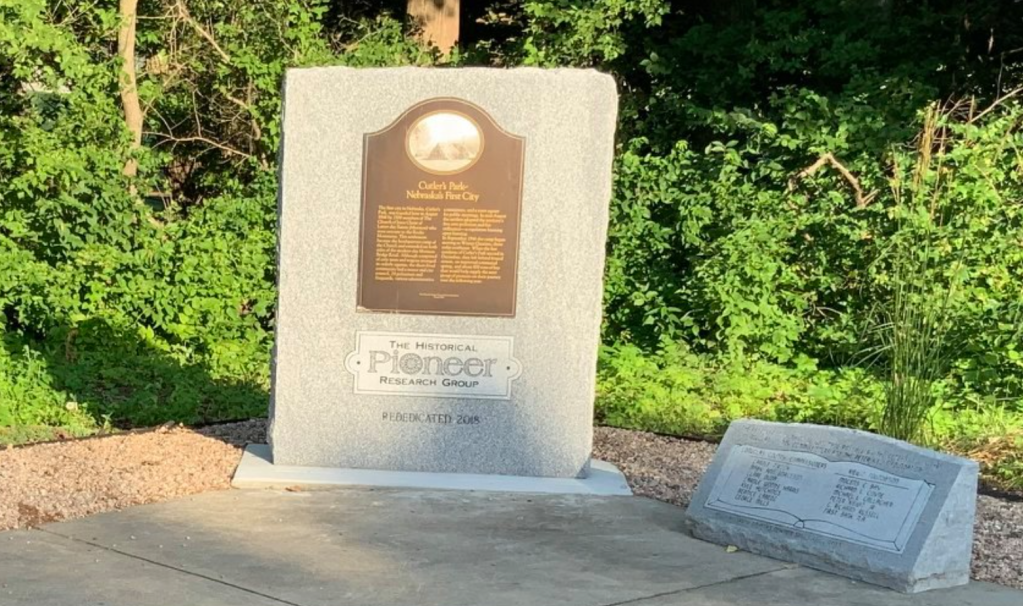
Leave a comment